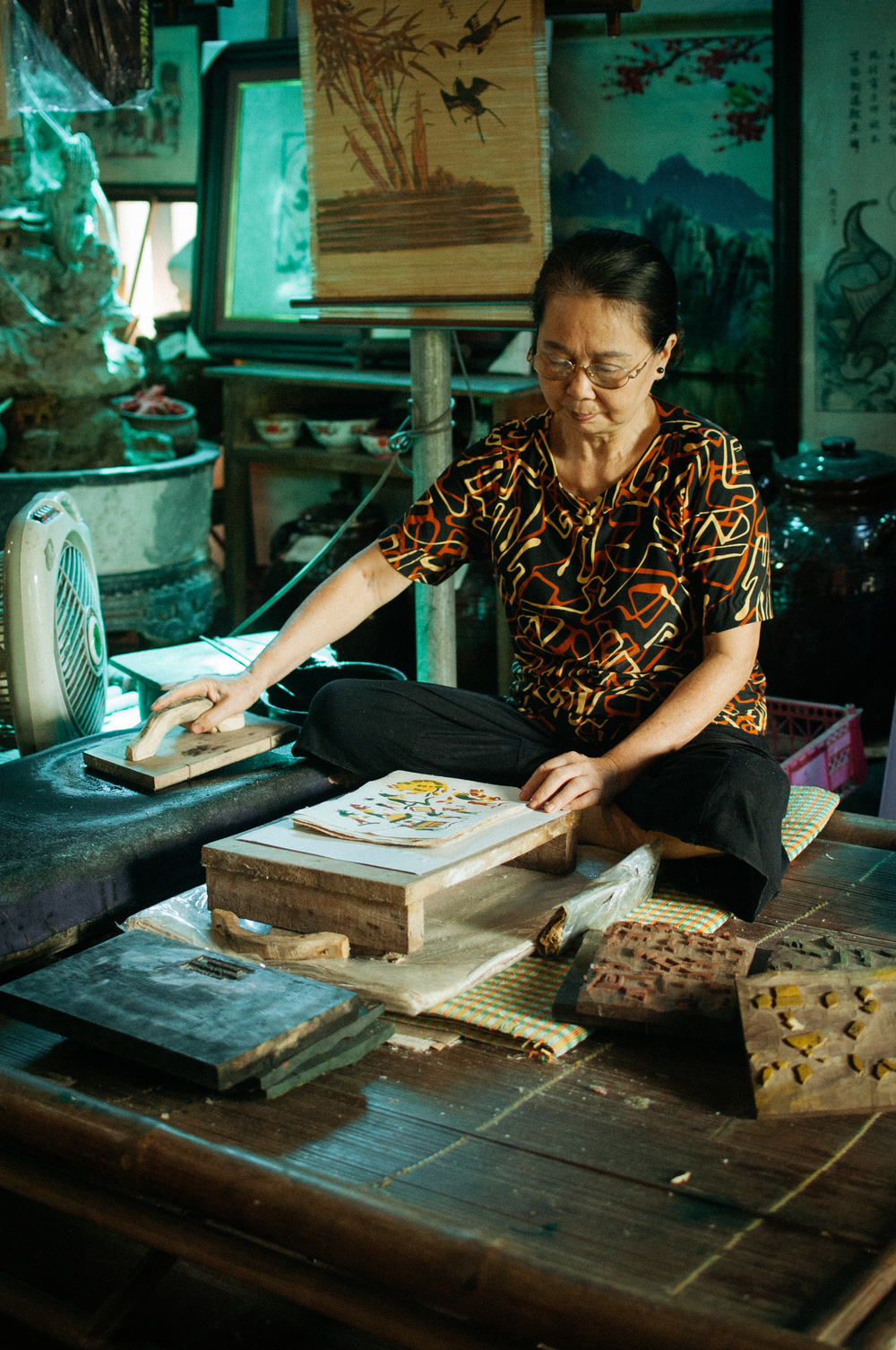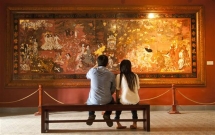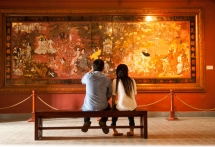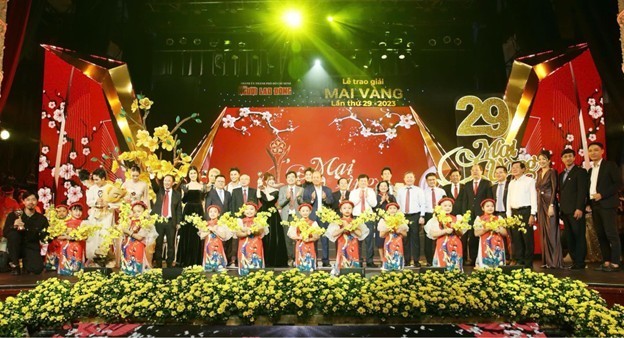Business Insider features sơn mài - costly form of lacquer painting in Vietnam
| Artist preserves and promotes traditional paintings | |
| Nguyen Gia Tri's masterpiece of lacquer paintings | |
| Lacquer paintings are a Vietnamese trademark |
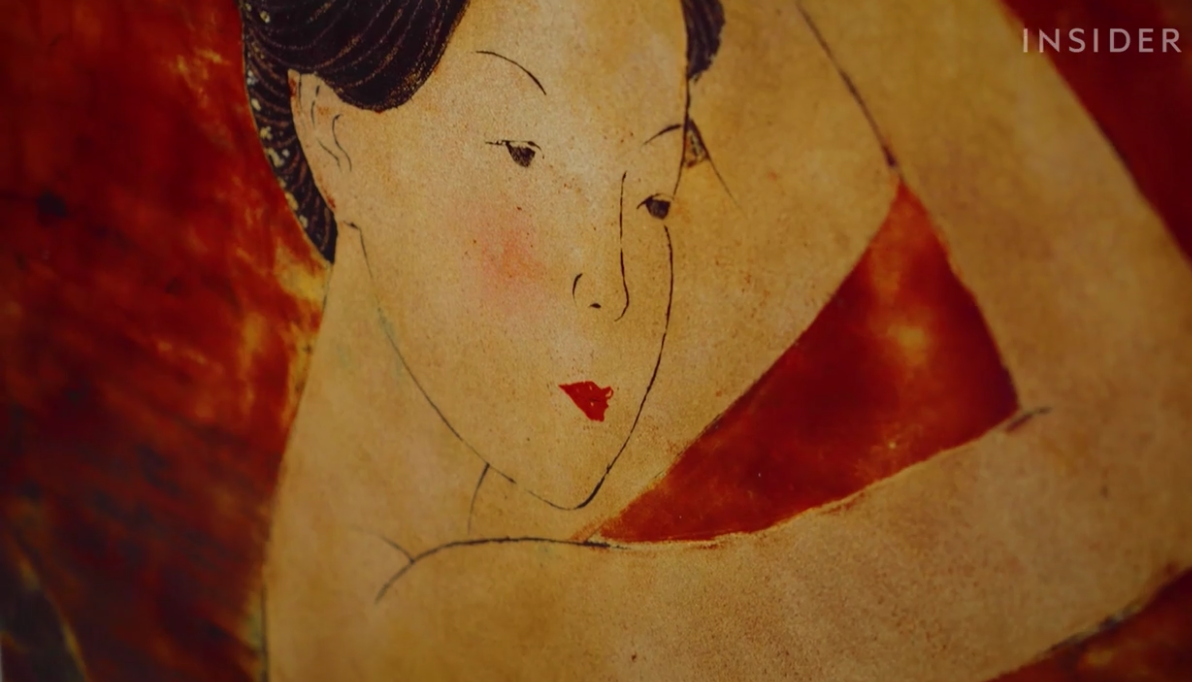 |
| Sơn mài is a traditional Vietnamese form of lacquer painting created using a toxic lacquer harvested from one region of the country. Photo cut from video clip of Business Insider |
The US-based Business Insider gave an insight in to the art and explained why these paintings are so expensive like the one sold at auction for $972,000 last year.
Painter Pham Chinh Trung, who has dedicated almost 50 years to mastering sơn mài, said “You never truly know what's underneath a lacquer painting as you are completing it.”
“The process involves the artists sanding the work into shape, slowly revealing the colors, giving the artist a sense of anticipation as he is crossing the finishing line, and artists love that feeling,” he was cited by Business Insider as saying.
It is an art form of incredible value in Vietnamese culture, for both the time and skill it requires and the exclusive natural materials needed to make it.
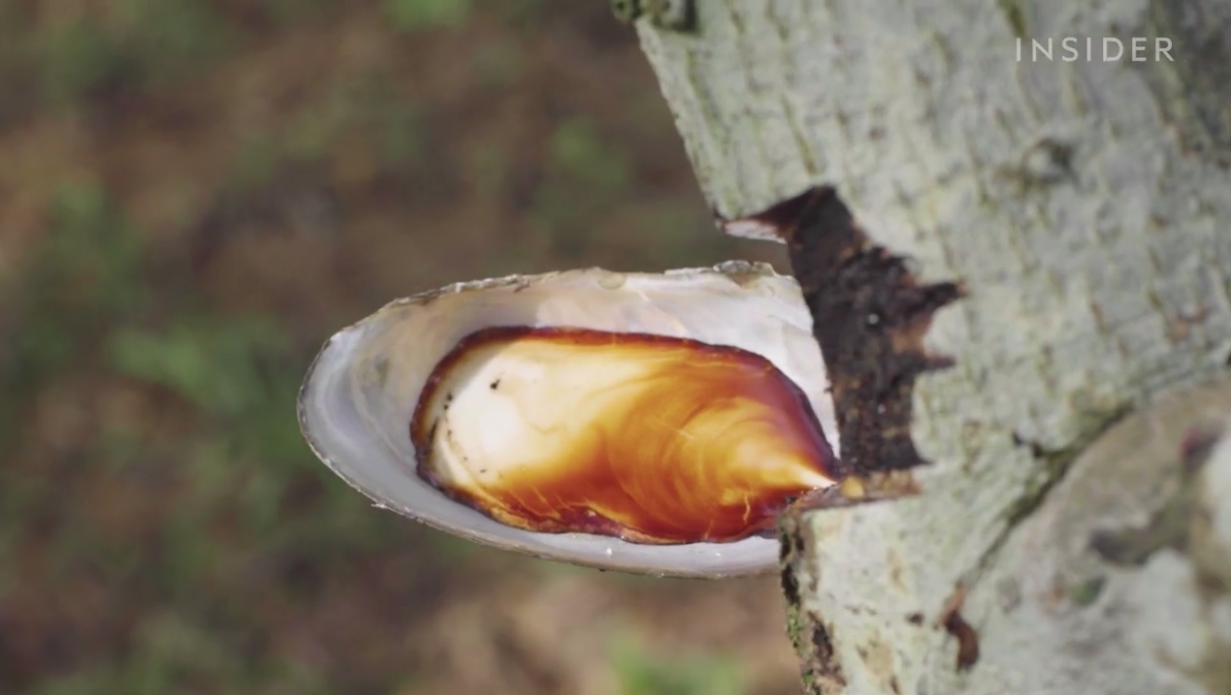 |
| To get the sap, planters have to start at 4 a.m, making incisions in the bark and using mussel shells to catch the resin. Photo cut from video clip of Business Insider |
The process of making lacquer paint begins in the forests of Vietnam, where planters collect resin from a toxic wax tree native to Southeast Asia called the Rhus succedanea.
Planters must cut into more than 400 trees to retrieve between 1 and 1.5 kilograms of resin.
According to Ta Thi Thu Huong, a rhus tree planter, the rhus tree is harvested after three years of planting, after which it can be harvested for four to five years.
To get the sap, planters have to start at 4 a.m, making incisions in the bark and using mussel shells to catch the resin, Huong said, adding that resin is collected after three to four hours.
After harvesting, the lacquer must be removed of any impurities and mixed for several hours before it's suitable for painting.
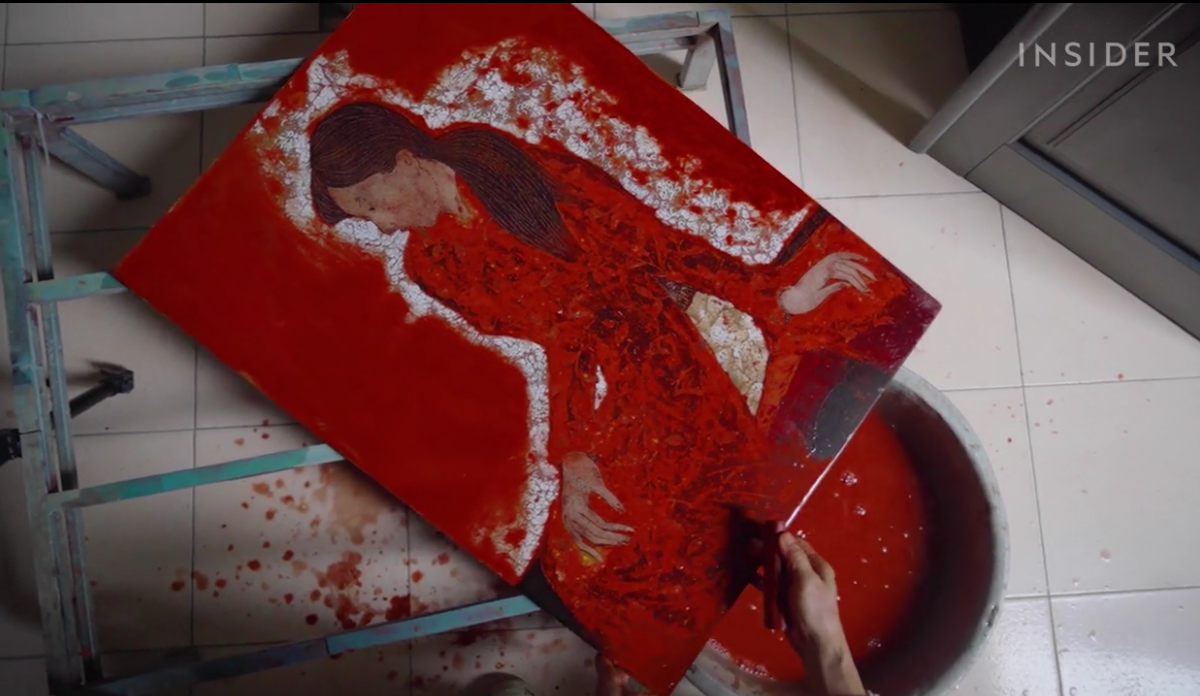 |
| One of the principle features of sơn mài is the depth created by adding several layers of paint and sanding them back. Photo cut from video clip of Business Insider |
One of the principle features of sơn mài is the depth created by adding several layers of paint and sanding them back. These layers aren't always visible in the finished work but are what differentiate lacquer painting from other common painting styles.
With oil painting, artists paint from back to front, painting the landscape first and the details later. The process of lacquer painting is the opposite.
Artists mix natural ingredients to create colors, like eggshells to make white or cinnabar, a toxic ore, for red. In some cases, artists add leaves of silver, sometimes even gold, to create a gentle sheen. These substances can be one of the costliest parts of sơn mài painting.
Trung said “The base of cinnabar is mercury. 1 ounce of cinnabar, on the palm of your hand, is just the size of a quail egg, but you can feel the weight. You see — 1 million Vietnamese dongs (~$45) for a tiny bag like this. It's very costly to use, material-wise.”
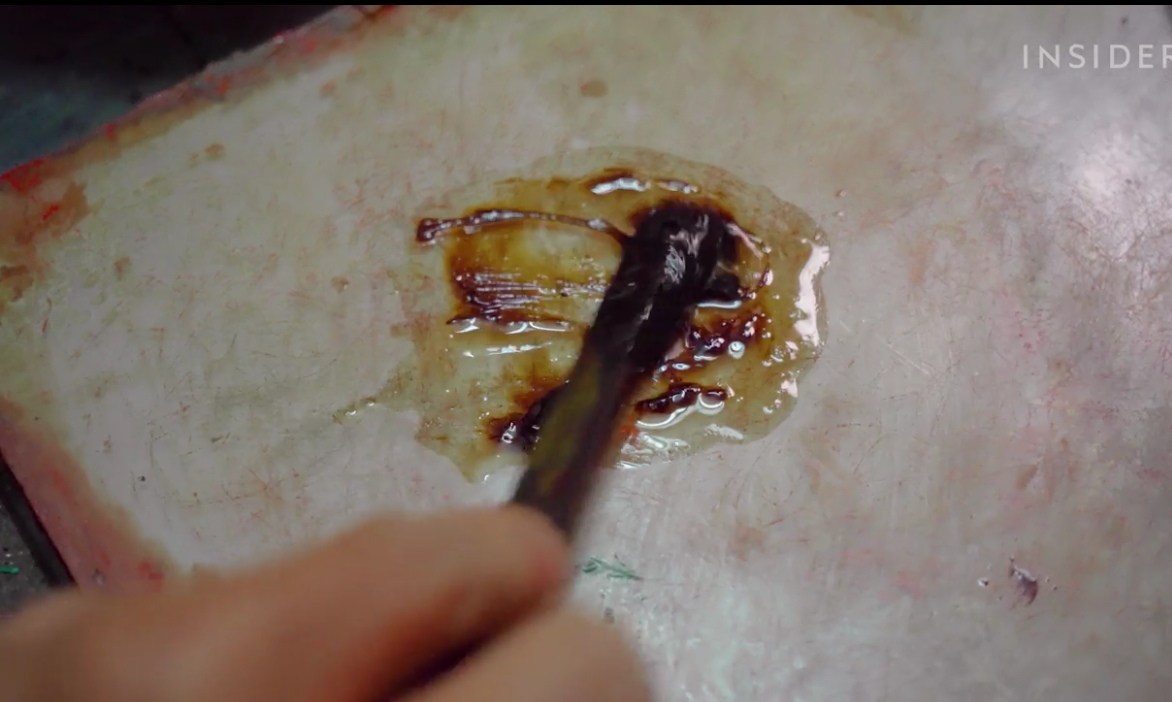 |
| Artists mix natural ingredients to create colors, like eggshells to make white or cinnabar, a toxic ore, for red. Photo cut from video clip of Business Insider |
While the raw materials of the painting may be more expensive than many other styles, the skill and the work of the artist are what set the final value. Along with the immense patience sơn mài requires, each work is unique and unpredictable. That's because painters are never quite sure how the layers will resurface through sanding. This can either increase the value of the work or force an artist to start over.
Painters must be careful to let each layer fully dry before sanding. Otherwise, colors or designs could be ruined. There's no set amount of time a layer takes to dry, as it largely depends on the weather that day.
“To make one lacquer painting, it can take months,” Trung said.
After weeks of work, pieces are polished with coal powder, which creates the smooth surface and lasting shine of sơn mài.
Artists have used lacquer for its glossy finish for thousands of years. One of its best-known applications is Japanese lacquerware -- decorative pieces of furniture, boxes, and dinnerware. But in the early 20th century, Vietnamese artists developed an interest in lacquer painting and created a style unique to the world.
Impressive as these works can be, the process is both costly and arduous. And that's why Trung believes the future of this tradition will depend on finding more artists willing to learn it.
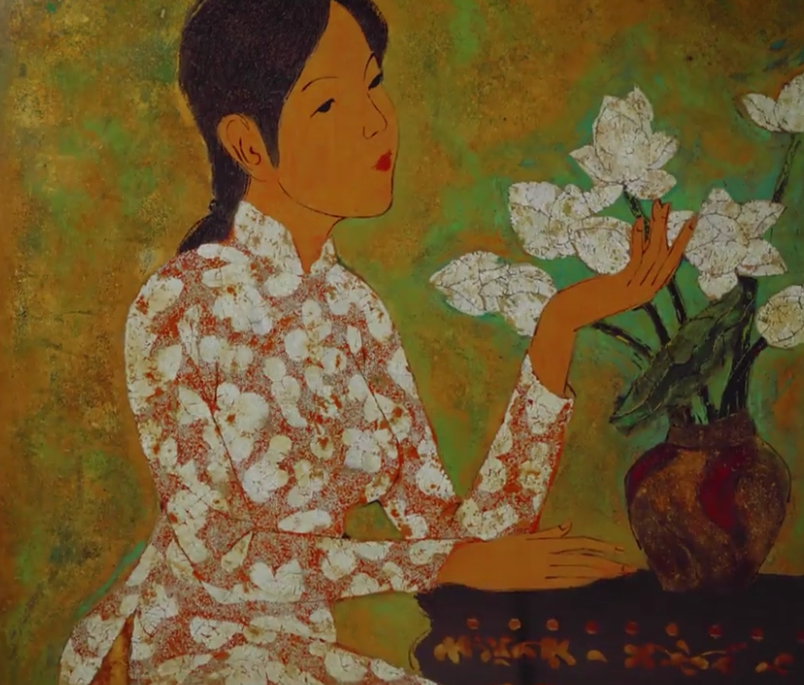 |
| After weeks of work, pieces are polished with coal powder, which creates the smooth surface and lasting shine of sơn mài. Photo cut from video clip of Business Insider |
Local lacquer to take on the world
The art’s global reputation is to be fostered now the Ministry of Culture, Sports and Tourism has officially approved a project on building and publicising a national brand for Vietnamese lacquer art by 2030, according to Viet Nam News.
The project aims to boost its development and growth as well as present the land and people of Vietnam to international friends via cultural exchange activities.
A report from the ministry's Department of Fine Arts, Photography and Exhibition notes that the project has been in place since last year and has primarily focused on preparations for surveying and collecting opinions from experts, researchers and management officials.
Under the project, relevant agencies and localities are to focus on developing logos and identifiers for Vietnamese lacquer paintings and on issuing standards relating to materials and creative style.
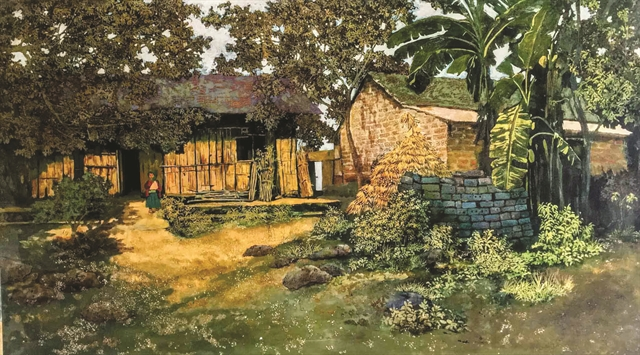 |
| One of Chu Viet Cuong’s lacquer paintings. Photo kenhnghethuat.com |
Investment in growing a rhus trees in the northern province of Phu Thọ and the promotion of lacquer production in Hanoi’s Hạ Thái Village will also be given focus.
A host of events will be held to promote the brand name of Vietnamese lacquer works, including international and national festivals, workshops, seminars, exhibitions, and tours introducing and exploring the traditional craft.
Books, documents, and videos on the art form will also be published to promote sales as souvenirs.
An international lacquer art festival will be held every two years to promote the local brand name in global markets./.
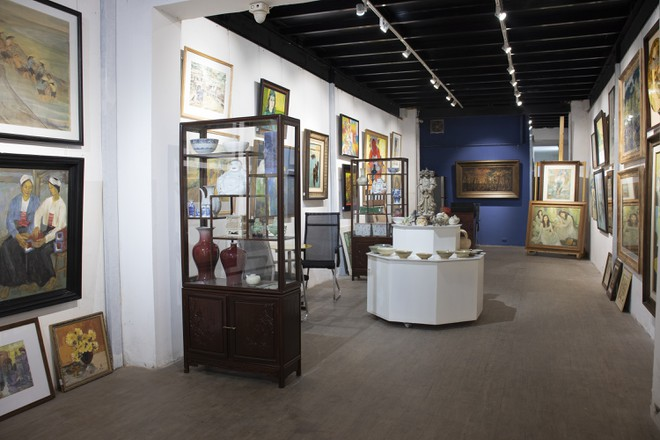 | Over 170 Vietnamese precious antiques and paintings internationally auctioned More than 170 Vietnamese precious antiques and paintings went under the hammer at Arts du Asian international auction organized by PI Auction House on January ... |
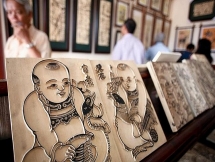 | Dong Ho folk paintings dossier submission to UNESCO reaches agreement Prime Minister Nguyen Xuan Phuc has concurred to submit a dossier of Dong Ho folk paintings to UNESCO, entering the Vietnamese traditional art into the ... |
 | European literature characters through Vietnamese students’ paintings An exhibition of drawings that have won prizes at the competition “European Characters in Vietnam” will be held from May 31 to June 2 in ... |
Recommended
 Focus
Focus
Vietnam Leaves Imprints on the World Peacekeeping Map
 Viet's Home
Viet's Home
“Global Vietnamese Singing 2025” - Connecting Hearts Longing for Homeland
 Viet's Home
Viet's Home
Vietnam’s People's Public Security Force Actively Contributes to UN Peacekeeping Operations
 Viet's Home
Viet's Home
HAUFO Enhances Competence of People-to-People Diplomacy Personnel
 Viet's Home
Viet's Home
Hands that Reserve Da Long Brocade Craft
 Viet's Home
Viet's Home
Da Rsal – How Digital Transformation Reshape a Poor Commune
 Viet's Home
Viet's Home
Vietnam Classified as “Low Risk” Under the EU Anti-Deforestation Regulation
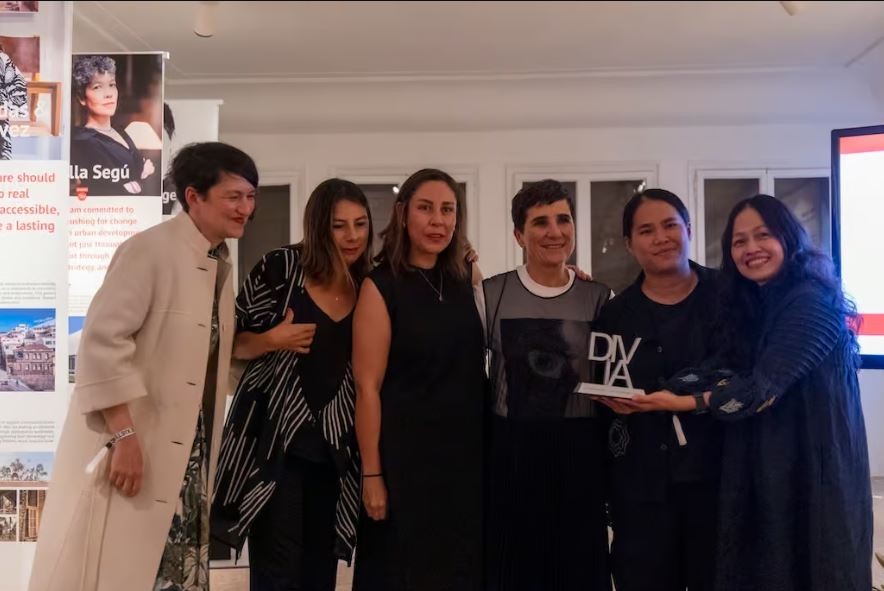 Viet's Home
Viet's Home

